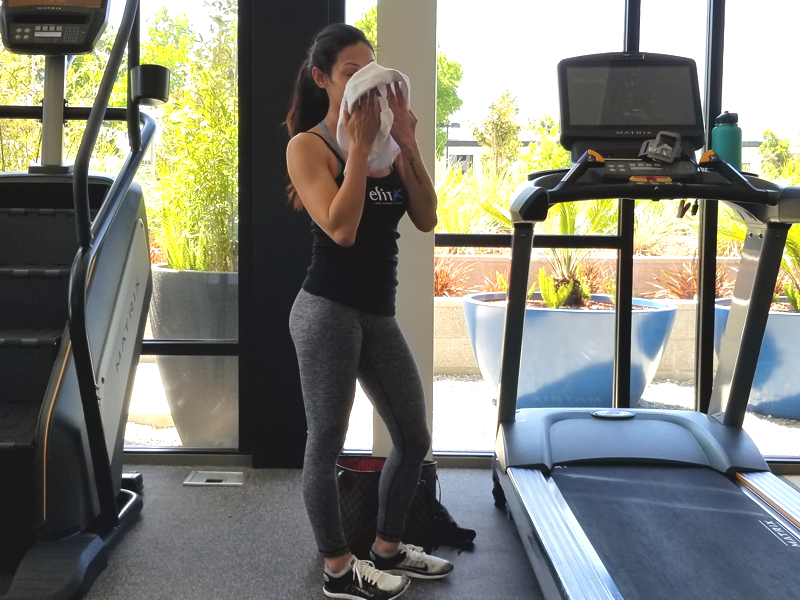PROS:
Performing cardio is one of the fastest ways to burn fat calories in a short period of time. It improves lung capacity, endurance and strengthens your heart.
CONS:
Most people will adapt to the pattern and eventually realize you’ll need to spend more time to sustain caloric expenditure. Produces only a small amount of EPOC when compared to weight training.
CARDIO VS STRENGTH TRAINING
We are referring to “Cardio” here as aerobic such as running, cycling, swimming, etc.
Cardio does infact expend more calories in real time than strength training but does not deliver significant amount of afterburn (EPOC) as strength training does. Therefore, strength training wins for long term caloric expenditure. Strength Training has more significant impact on increasing your metabolism, than cardio. The most preferred cardio form is running which may lead to degenerative joint issues. Strength training usually strengthens joints with proper form and nutrition. While cardio is more rhythmic, strength training is constantly firing up more motor units in the muscles while creating new
neural pathways (BridgeAthletic, 2017).
Strength Training and Cardio both have benefits but if I could only choose one of the two, I’d choose Strength Training over Cardio. Keep in mind Strength Training Workouts are considered a form of cardio and can be easily modified to get similar cardio benefits.
 Photo: Fotolia, licensed use. It took me a while to find ideal illustrations for this section as I find that most published articles mis-interpret the image of endomorphs.
Photo: Fotolia, licensed use. It took me a while to find ideal illustrations for this section as I find that most published articles mis-interpret the image of endomorphs.
